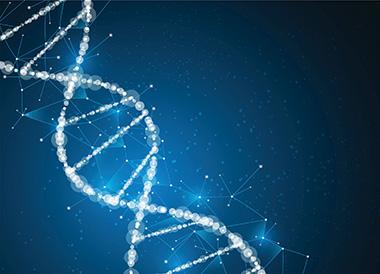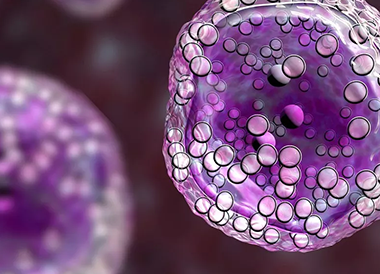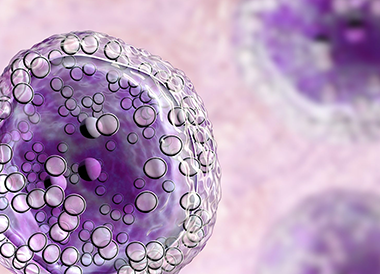Exciting new publications supported by LLS: March 2022
Editor's Choice: three peer reviewed and LLS supported publications from Spring 2022

A multi-institutional, international team led by Dr. Daniel Starczynowski at Cincinnati Children’s Hospital along with Dr. Iannis Aifantis at NYU and Tomoya Muta at Chiba University has uncovered a possible mechanism that allows pre-leukemic cells to become full blown acute leukemia. The authors published their findings in the journal Cell Stem Cell.
Using a screening strategy that employs RNAi (inhibitory RNA) they identified a ubiquitin ligase called TRAF6. Loss of TRAF6 allows pre-leukemic cells to convert to overt myeloid leukemia. This event is associated with MYC dependent stem cell gene signatures. Since TRAF6 is known to be suppressed in some leukemia patients this suggests that TRAF6 subversion may lead to leukemia via repressing MYC which is a protein that has long been of interest to cancer researchers and has proven difficult to directly target therapeutically. This research may lead to development of novel ways to treat early leukemia. To read more, please find the full article on the journal website.

Mantle cell lymphoma (MCL) is a disease with high unmet need for new therapies and is a genetically heterogeneous disease. How these genetic changes impact clinical outcome is not understood. A team led by Dr. Lili Wang and LLS-funded co-author Dr. Alex Herrera at the City of Hope performed a comprehensive whole-exome sequencing analysis of 152 tissue samples derived from 134 MCL patients.
They classified MCL into 4 robust clusters (C1-C4) based on mutated gene signatures in various pathways such as B cell receptor, Notch1, MYC, NK-kB etc. Patients in these 4 clusters had distinct and quite striking outcomes in 5-year overall survival rates for C1-C4 were 100%, 56.7%, 48.7%, and 14.2%, respectively. They also studied the temporal order of genetic events and clonal evolution in some patients before treatment and at progression/relapse. Patients that showed drastic clonal evolution had inferior survival, vs. patients with little or no genetic changes. Having identified genetic sub-types of MCL may allow physicians to better design therapeutic options for patients and may open new avenues of research. Read the full article on the website of The Journal of Clinical Investigation.

A clinical research team led by LLS-funded Dr. Dan Pollyea at the University of Colorado performed a retrospective analysis to determine which AML patients might do better with intensive chemotherapy (IC) vs. Venetoclax/azacytidine (Ven/aza) combination therapy. Ven/aza is the standard of care for newly diagnosed AML who are not candidates for IC while some patients who are IC candidates instead receive Ven/aza.
An analysis of Ven/aza (n=143) or IC (n=149) showed response rates of 76.9% for Ven/aza and 70.5% for IC. The median overall survival (OS) was 884 days for IC compared with 483 days for Ven/aza. However, when the data were reanalyzed to compare patients that had similar baseline characteristics and things such as age, biological risk and mutations they found that Ven/aza favored patients with increased age, secondary AML, adverse risk and mutations in RUNX1 gene. These patients had an OS of 705 days for the IC vs an OS not yet reached for the Ven/aza meaning they had longer OS that can’t yet be calculated. This study helps to define which patients may have added benefit from Ven/aza therapy and could inform treatment decisions. Full article at Blood Advances.